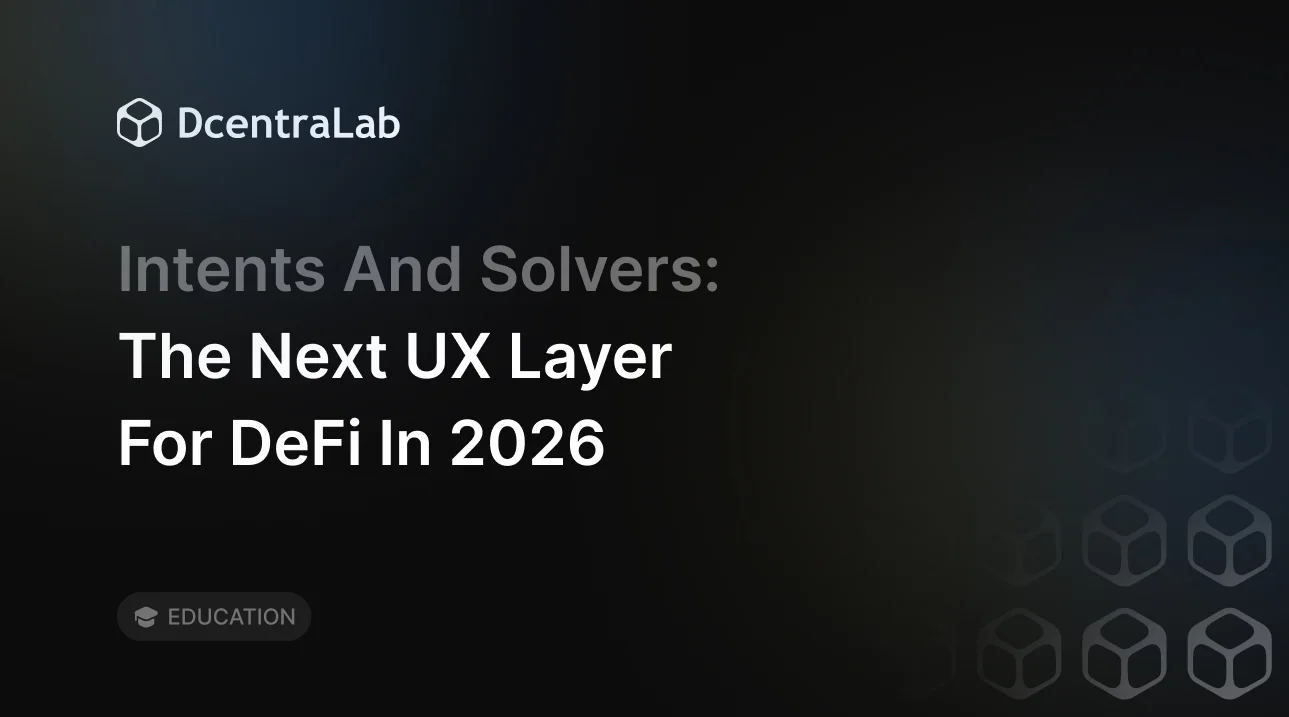Blockchain Evolution: From Bitcoin to Ethereum and Beyond

tl;dr
- Blockchain technology is a decentralized, distributed ledger system for secure, transparent, and immutable record-keeping.
- Bitcoin is the first and most well-known blockchain, using a proof-of-work (PoW) consensus mechanism.
- Limitations of Bitcoin include scalability, privacy, and energy consumption.
- Ethereum is a decentralized platform for building smart contracts, using a proof-of-stake (PoS) consensus mechanism.
Introduction
Blockchain technology is a decentralized, distributed ledger system that enables secure, transparent, and immutable record-keeping without the need for intermediaries. It consists of a chain of blocks containing transaction data, linked cryptographically to ensure integrity.
Throughout the years, blockchain technology has evolved from the standard that Bitcoin has set. New cryptocurrencies offered various consensus models to rival Bitcoin’s Proof-of-Work and new functionalities, such as smart contracts.
This article will explore the evolution of blockchain protocols, starting with Bitcoin and progressing to Ethereum, Solana, Polkadot, and other emerging networks.
The Genesis of Blockchain: Bitcoin

Bitcoin, launched in 2009, is the first and most well-known blockchain. It's a decentralized digital currency that operates on a distributed network of computers. Unlike traditional currencies, Bitcoin doesn't rely on intermediaries like banks. Instead, it uses a consensus mechanism called proof-of-work (PoW) to verify transactions and secure the network.
PoW involves a complex computational puzzle that miners must solve. The first miner to solve the puzzle adds a new block of transactions to the blockchain. This process behind PoW is energy-intensive and has been criticized as not the pinnacle of efficiency.
Bitcoin's limitations include scalability, privacy, and energy consumption. To address these issues, various advancements have been introduced. Segwit, a protocol upgrade, aims to improve transaction efficiency and scalability. The Lightning Network, a second-layer solution, enables faster and cheaper transactions off-chain.
Ethereum: The Next Generation

Ethereum, launched in 2015 by Vitalik Buterin, is a decentralized platform that enables developers to build and deploy applications on top of the blockchain. Unlike Bitcoin, Ethereum's focus is on programmability, allowing for the creation of smart contracts.
Smart contracts are self-executing contracts with terms directly written into code. They automate the execution of agreements, eliminating the need for intermediaries. This opens up possibilities for various applications, including DeFi, supply chain management, and gaming.
Ethereum's scalability has been a significant challenge, especially as its popularity grew. To address this, layer-2 solutions have emerged, such as the Lightning Network and Optimism, which can handle more transactions without overwhelming the main chain.
In 2022, Ethereum completed its transition from PoW to proof-of-stake (PoS), a more energy-efficient consensus mechanism. This shift marked a major milestone for the platform and its future development.
Polkadot: A Multi-Chain Future

Polkadot, launched in 2020 by Gavin Wood, is a decentralized platform designed to connect multiple blockchains into a unified network. Its vision is to create a multichain ecosystem where different blockchains can interact and share information smoothly.
Polkadot's key innovation is the concept of parachains. These are specialized blockchains that can be connected to the main Polkadot network. Parachains benefit from the security and shared resources of the main chain while maintaining their own unique functionalities.
Polkadot plays a crucial role in interoperability, allowing different blockchains to communicate and exchange value. This can lead to greater efficiency, innovation, and collaboration within the blockchain ecosystem. Additionally, Polkadot's scalable architecture enables it to handle a large number of transactions, making it suitable for various applications.
Polkadot uses a hybrid consensus mechanism called Nominated Proof of Stake (NPoS). It is primarily developed in the Rust programming language.
Solana: A High-Performance Challenger

Solana, launched in 2017 by Anatoly Yakovenko, is a decentralized platform that offers high performance and scalability. It aims to address the limitations of other blockchains, particularly in terms of transaction speed and cost.
Solana's unique selling point is its proof-of-history (PoH) consensus mechanism that is combined with PoS to secure the blockchain. PoH is a time-based verification method that allows for faster transaction confirmation times compared to traditional proof-of-work or proof-of-stake mechanisms. This makes Solana well-suited for applications that require rapid and efficient transactions.
Solana's potential is significant, and it has attracted considerable attention from developers and investors. However, it has also faced challenges, including network congestion and outages. As Solana continues to evolve, it will be interesting to see how it addresses these issues and maintains its position as a leading high-performance blockchain platform.
Solana primarily utilizes the Rust programming language.
Read about Solana and Ethereum staking
Emerging Networks and Trends
Beyond the major players like Bitcoin, Ethereum, Polkadot, and Solana, several other blockchain protocols have gained significant attention. Cardano, known for its academic approach and sustainability focus, offers a platform for building decentralized applications. Avalanche, a high-performance blockchain, emphasizes scalability and interoperability. Binance Smart Chain, a sidechain of the Binance exchange, provides a low-cost and efficient environment for smart contracts.
Emerging trends in the blockchain space include decentralized finance (DeFi), which aims to create a peer-to-peer financial system. Non-fungible tokens (NFTs) have gained popularity as digital assets representing ownership of unique items. Real-world assets (RWAs) are being tokenized on blockchains, allowing for fractional ownership and increased liquidity. Memecoins, fueled by social media hype, have shown the potential for rapid price fluctuations. Artificial intelligence is being integrated into some blockchains and dApps to improve efficiency and decision-making. The metaverse, virtual reality universes, are also being integrated into the blockchain for ownership purposes.
As blockchain technology continues to evolve, we can expect to see further innovation and adoption in various industries. Potential future directions include improved scalability, enhanced privacy, and greater integration with traditional systems. Blockchain technology has the potential to revolutionize how we interact with money, assets, and information, shaping the future of finance, commerce, and society.


%20Payments.webp)
